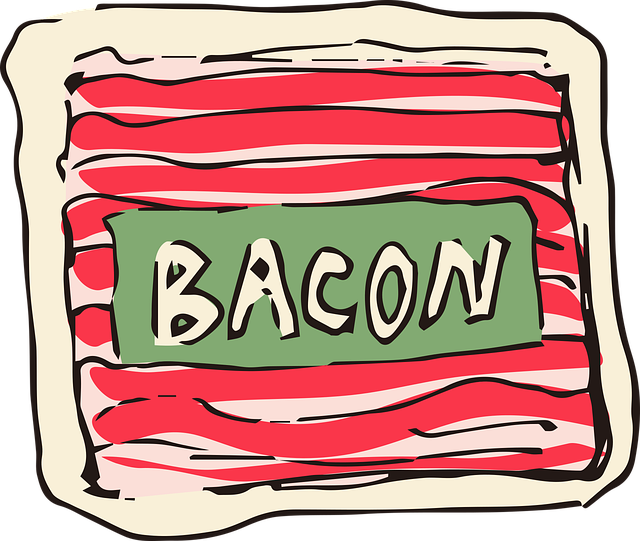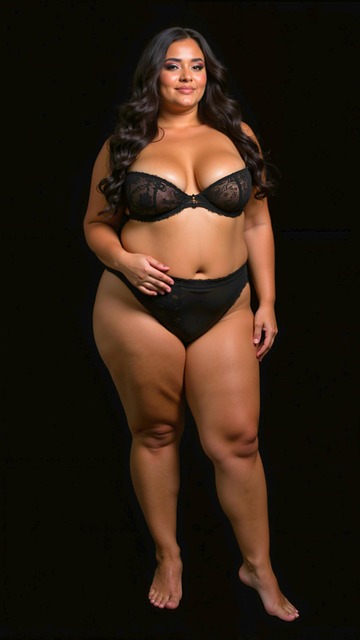Fat cell freezing (cryolipolysis) is a non-surgical, minimally invasive body contouring treatment popularised by CoolSculpting. It uses cold air to freeze and destroy specific fat cells, leaving surrounding tissues unharmed, for gradual elimination over time. Effective for reducing stubborn fat in areas like love handles and thighs, it offers minimal downtime and long-lasting results. Ideal candidates are generally healthy individuals aiming for appearance enhancement rather than weight loss. Temporary side effects include redness, swelling, and bruising; full recovery takes 2-3 weeks. Always consult a healthcare provider before proceeding.
Cryolipolysis, the scientific term for fat cell freezing, has emerged as a non-invasive body contouring solution, popularized by CoolSculpting. This innovative process selectively targets and crystallizes fat cells, leading to their elimination from the body.
This article delves into the mechanics of cryolipolysis, its benefits, and who it’s suitable for. We’ll explore the science behind targeted fat reduction with cold therapy, potential side effects, and recovery time, providing a comprehensive guide to understanding fat cell freezing as a body shaping option.
- What is Cryolipolysis? An In-Depth Explanation of the Process
- How Does Fat Cell Freezing Work in CoolSculpting?
- Benefits and Advantages of Using Cryolipolysis for Body Contouring
- The Science Behind Targeted Fat Reduction with Cold Therapy
- Who Is a Good Candidate for Fat Cell Freezing Treatments?
- Potential Side Effects, Risks, and Recovery Time After Cryolipolysis
What is Cryolipolysis? An In-Depth Explanation of the Process

Cryolipolysis is a non-invasive fat reduction technique that has gained significant popularity through treatments like CoolSculpting. This medical term refers to the controlled application of cold to target and freeze specific fat cells, leading to their gradual elimination from the body. The process begins with the cooling of the skin’s surface, causing the deeper fat cells to crystallize while leaving other tissues unharmed.
During the procedure, a device is applied to the treatment area, delivering precisely controlled cooling. This prompts the fat cells to contract and eventually die, as they cannot survive in this frozen state. Over time, these dead fat cells are naturally processed by the body’s lymphatic system, resulting in reduced fat accumulation in the treated areas. The entire process is non-surgical, minimally invasive, and offers an effective alternative to more traditional fat reduction methods.
How Does Fat Cell Freezing Work in CoolSculpting?

Cryolipolysis, the scientific term for fat cell freezing, is the non-invasive process behind CoolSculpting’s success. During a CoolSculpting treatment, a device delivers controlled cooling to specific areas of fat. This extreme cold triggers a process where fat cells are crystallized, effectively damaging them. Over time, these damaged cells are naturally eliminated from the body by the immune system, leading to a reduction in fat deposits.
The beauty of fat cell freezing lies in its specificity. CoolSculpting targets adipose tissue while preserving surrounding skin and other tissues. This non-surgical approach ensures minimal downtime and makes it a popular choice for those seeking localized fat reduction without invasive procedures.
Benefits and Advantages of Using Cryolipolysis for Body Contouring

Cryolipolysis, also known as fat cell freezing, offers a non-invasive and effective method for body contouring, attracting many individuals seeking to reduce stubborn fat deposits. This innovative procedure has gained popularity due to its ability to target and eliminate specific areas of fat without surgery or incisions. During the process, cool air is applied to the targeted area, freezing and destroying fat cells while preserving surrounding tissues. One of the significant advantages is minimal downtime; patients can resume their normal activities immediately after the treatment, making it an appealing option for those with busy schedules.
Additionally, cryolipolysis provides long-lasting results, as destroyed fat cells are permanently eliminated from the body. This technology allows for a more natural and gradual reduction in body fat compared to other methods, ensuring patients achieve their desired contour without drastic changes. Many individuals appreciate the precision of this technique, as it enables treatment of problem areas like the abdomen, love handles, and thighs, where traditional exercises might not yield significant results.
The Science Behind Targeted Fat Reduction with Cold Therapy

Cryolipolysis, or fat cell freezing, is a non-invasive body contouring treatment that leverages cold therapy to reduce stubborn fat. This medical procedure targets and crystallizes specific fat cells, causing their permanent destruction. Once treated, these fat cells are unable to regenerate, leading to a slimmer, more toned appearance. The process involves applying controlled cooling to the targeted area, typically using devices like CoolSculpting, which has revolutionized the beauty industry.
During fat cell freezing, cold temperatures induce a state of metabolic stasis in the fat cells, effectively pausing their function. As a result, these cells shrink in size and are eventually eliminated by the body’s natural processes. This targeted approach ensures minimal disruption to surrounding tissues, making it a safe and effective method for achieving desired body contours without surgery or downtime.
Who Is a Good Candidate for Fat Cell Freezing Treatments?

Fat cell freezing treatments, or cryolipolysis, are an increasingly popular non-surgical option for those looking to reduce stubborn fat. Ideal candidates for this procedure typically have concentrated areas of fat that are resistant to diet and exercise. These may include love handles, a double chin, or fat around the thighs and buttocks. It’s important to note that while fat cell freezing can significantly reduce the appearance of these problem areas, it is not a weight-loss solution for everyone.
Patients considering fat cell freezing should be in good overall health and at or near their ideal body weight. As with any medical procedure, consulting with a qualified healthcare provider is crucial. They can assess your individual needs, discuss potential risks and benefits, and determine if fat cell freezing is the right choice to help you achieve your desired results.
Potential Side Effects, Risks, and Recovery Time After Cryolipolysis

Cryolipolysis, or fat cell freezing, is generally considered a safe and non-invasive procedure. However, like any medical treatment, it’s important to be aware of potential side effects. Common temporary issues include redness, swelling, numbness, and bruising at the treatment site. In rare cases, patients may experience discomfort, headaches, or fatigue.
The recovery time after cryolipolysis varies but typically lasts a few days. Strenuous activity should be avoided for 2-3 weeks to prevent complications. It’s crucial to follow your healthcare provider’s instructions for optimal healing. Most people notice results within several weeks as fat cells are gradually eliminated by the body, leaving behind a slimmer, more contoured appearance.
